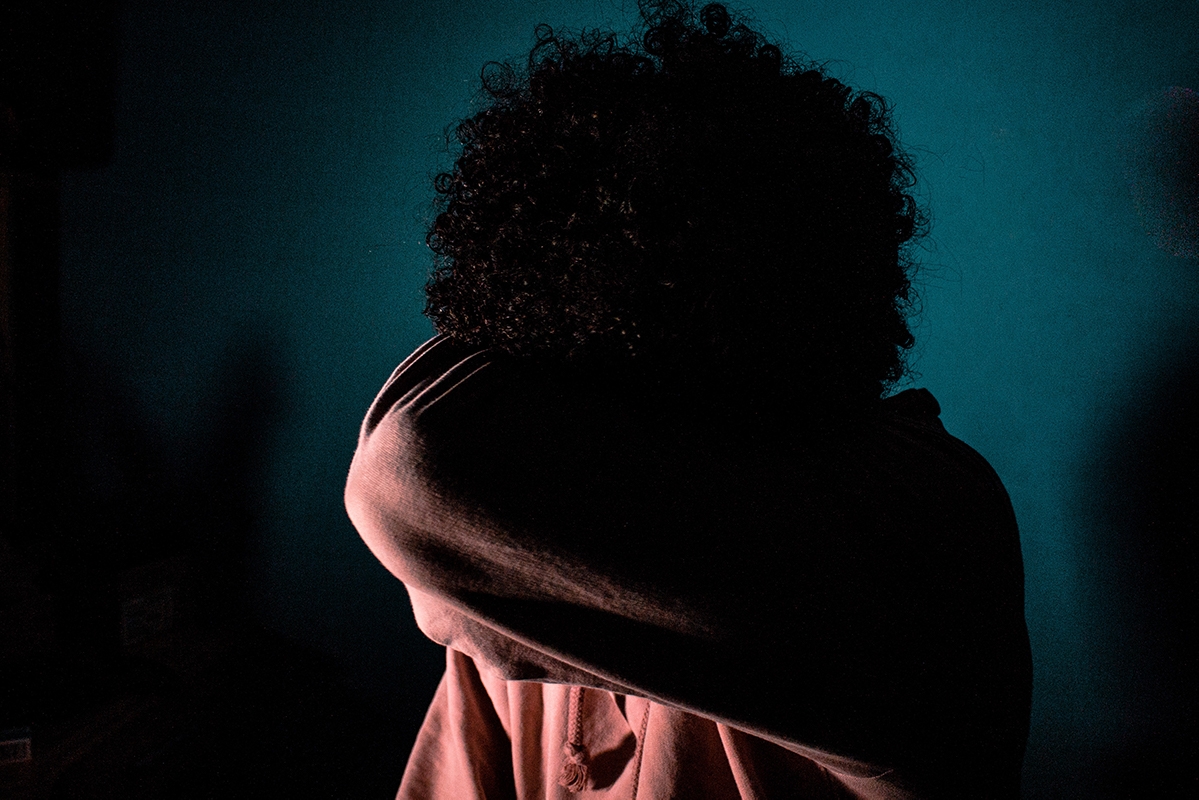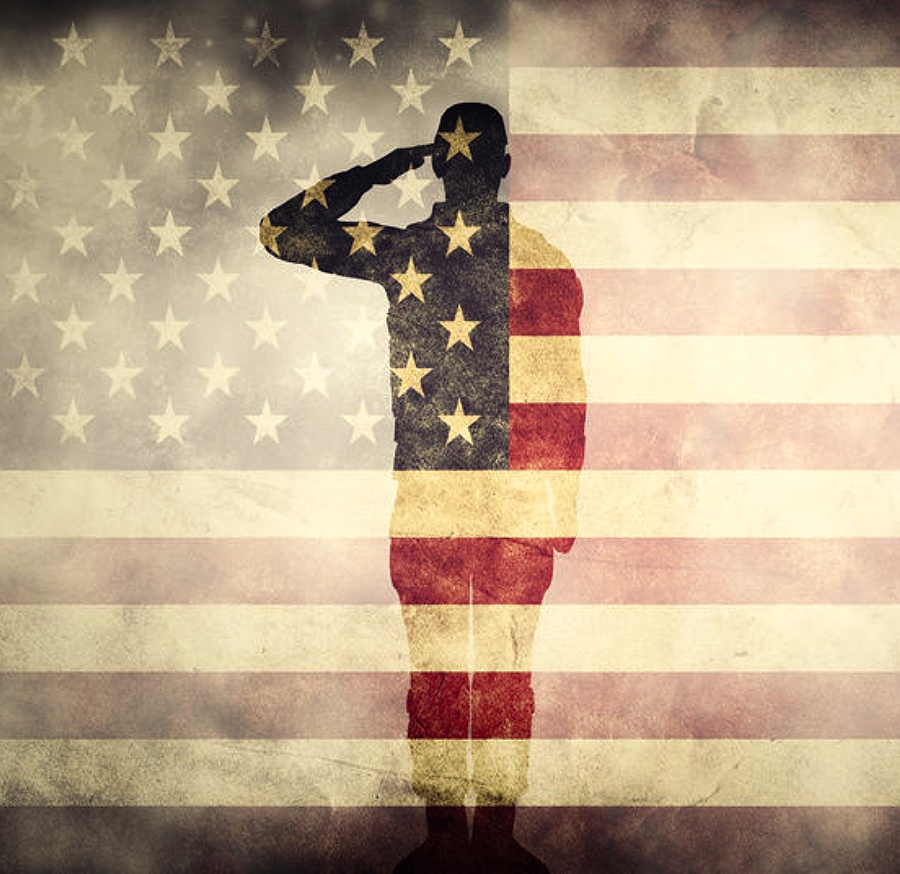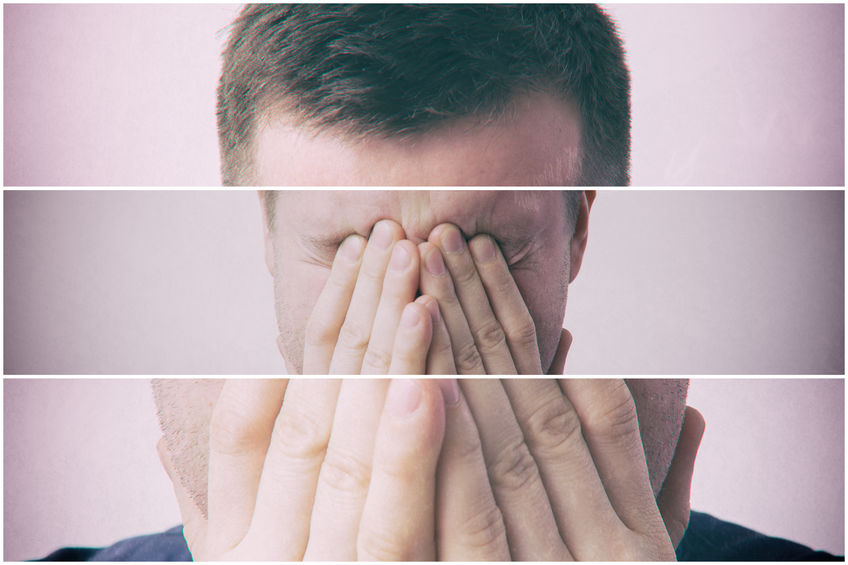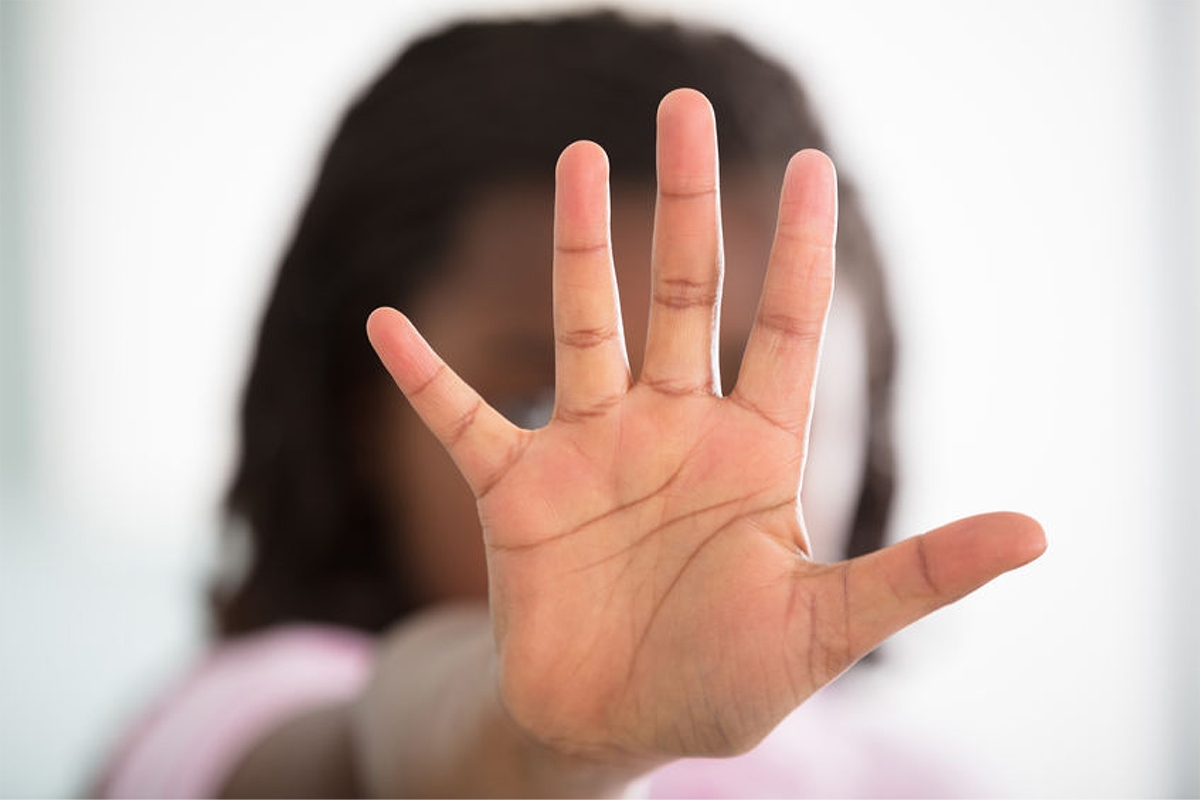VULNERABLE
POPULATIONS
Support
Answers
Information
Supporting Arizona’s Brain Health & Wellness
The CDC’s National Center for Injury Prevention and Control estimates that approximately 2 percent of the U.S. population is living with a disability as a result of a traumatic brain injury.
However, some Americans are at much higher risk for acquiring brain injury or are likely to have a worse outcome or lack of care following a brain injury, due to their unique situation or experience.
Here, we highlight some of these vulnerable populations and outline additional risk factors that they may face. The Brain Injury Alliance of Arizona hosts our Vulnerable Populations Committee with the hopes of lowering risk and improving outcomes for these groups, as well as others not listed here.
Child Abuse & the Foster System
Children in general are vulnerable to accidents simply due to their size and developing motor skills, but some children bear the added risk of intentional physical abuse by a caretaker or other close adult. In 2017, 18% of American children were reported victims of physical abuse.
Pediatric Abusive Head Trauma (AHT), formerly called “Shaken Baby Syndrome”, is abuse that involves any injury caused by violent shaking or blunt impact to a child under five. A parent’s or caretaker’s moment of unbridled frustration can have a lasting impact on the child’s brain for the rest of their life. As children grow older, their risk of abuse decreases, but children of all ages can still be subject to injury at the hands of their caretakers.
Sometimes, children are removed by Child Protective Services to stop or prevent this abuse. For example, a study from San Diego County showed 5% of the children who entered foster care during a 1-year period were there due to physical abuse. However, foster care is not always safe either. Some surveys indicate from 25% up to 40% of former foster children report having been abused or neglected while in foster care.
Foster children have higher likelihood of entering other vulnerable populations. 25% of foster children experience PTSD and tend to suffer high rates of depression and low self-esteem. Foster kids who experienced neglect or abuse are more likely to misuse substances, especially if they have a parent with a history of substance misuse. After “aging out”, 25% of foster teens will experience homelessness at least once. Within 2 years of leaving care, 25% of former foster kids become involved with the criminal justice system.
Children in general are vulnerable to accidents simply due to their size and developing motor skills, but some children bear the added risk of intentional physical abuse by a caretaker or other close adult. In 2017, 18% of American children were reported victims of physical abuse.
Pediatric Abusive Head Trauma (AHT), formerly called “Shaken Baby Syndrome”, is abuse that involves any injury caused by violent shaking or blunt impact to a child under five. A parent’s or caretaker’s moment of unbridled frustration can have a lasting impact on the child’s brain for the rest of their life. As children grow older, their risk of abuse decreases, but children of all ages can still be subject to injury at the hands of their caretakers.
Sometimes, children are removed by Child Protective Services to stop or prevent this abuse. For example, a study from San Diego County showed 5% of the children who entered foster care during a 1-year period were there due to physical abuse. However, foster care is not always safe either. Some surveys indicate from 25% up to 40% of former foster children report having been abused or neglected while in foster care.
Foster children have higher likelihood of entering other vulnerable populations. 25% of foster children experience PTSD and tend to suffer high rates of depression and low self-esteem. Foster kids who experienced neglect or abuse are more likely to misuse substances, especially if they have a parent with a history of substance misuse. After “aging out”, 25% of foster teens will experience homelessness at least once. Within 2 years of leaving care, 25% of former foster kids become involved with the criminal justice system.
Homeless & Insecurely Housed
As one can imagine, it is difficult to survey the homeless population, as they rarely remain in one place for long. The rate of people experiencing homelessness who screen positive for TBI has been reported to be anywhere between 8% and 53%. One systematic review and meta-analysis found that the lifetime prevalence of moderate or severe TBI was 22.5%.
Of homeless TBI survivors, 70-90% experienced their first brain injury prior to becoming homeless. Cognitive and behavioral deficits lead to an increased risk for economic and housing instability. Brain Injury is associated with unemployment, with only about 40% of traumatic and non-traumatic acquired brain injury survivors able to return to work within the first 2 years.
People experiencing homelessness are more vulnerable to common causes of TBI. High rates of substance misuse can lead to overdose or accidents, such as falling. They may be the victims of violence, and they may be arrested and incarcerated. About 11% of the adult homeless population are veterans, and homelessness disproportionately affects African American and Hispanic veterans.
Insecure housing also contributes to Intimate Partner Violence and Child Abuse. When a person in an abusive household has no means to secure a safe home away from their abuser, they may see no other choice but to stay and endure continued abuse. Housing insecurity can also contribute to a person falling victim to trafficking.
Interpersonal Violence Survivors
One study showed that 81% of women who seek help for Intimate Partner Violence (IPV) have suffered at least one head injury, while 83% have been strangled. This is important because if the brain is deprived of oxygen via strangulation, this can result in anoxic or hypoxic brain injury.
Another study found that only 21% of IPV survivors sought medical help at time of injury. When a person feels trapped in a violent relationship, they may not seek help, for fear of angering their abuser. They may also believe that the abuse is somehow their fault and that they don’t deserve help. Delaying diagnosis and treatment for a head injury can lead to worse outcomes than if the person got help right away.
While most information and resources available tend to center around female survivors of IPV, they are not the only ones who experience this type of abuse. People of all genders and in all types of relationships can endure abuse at the hands of those who purport to love them.
One study showed that 81% of women who seek help for Intimate Partner Violence (IPV) have suffered at least one head injury, while 83% have been strangled. This is important because if the brain is deprived of oxygen via strangulation, this can result in anoxic or hypoxic brain injury.
Another study found that only 21% of IPV survivors sought medical help at time of injury. When a person feels trapped in a violent relationship, they may not seek help, for fear of angering their abuser. They may also believe that the abuse is somehow their fault and that they don’t deserve help. Delaying diagnosis and treatment for a head injury can lead to worse outcomes than if the person got help right away.
While most information and resources available tend to center around female survivors of IPV, they are not the only ones who experience this type of abuse. People of all genders and in all types of relationships can endure abuse at the hands of those who purport to love them.
Justice-Involved & Incarcerated Individuals
Researchers estimate that jail and prison inmates may be up to ten times more likely to be living with a brain injury than the general population. Nearly a third of TBI survivors report some involvement with the criminal justice system within five years of their injury. This may be partly due to the symptoms of TBI causing impulsivity, disinhibition, and aggression. Brain Injury survivors are also more likely to engage in substance misuse, which could lead them to be the 1 out of every 5 incarcerated people who are locked up on nonviolent drug charges. Women only make up about 8% of the incarcerated population, but one study found that 65% of female prisoners show signs of brain injury, and that two thirds of those said the injury was a result of interpersonal violence.
Brain injury or not, inmates are at risk for injury while incarcerated. Accidental injury is reported more often (22% state, 23% federal) than injuries arising from a fight (16% state, 8% federal). After release, previously incarcerated people may fall into other vulnerable populations. They are nearly ten times more likely to become homeless than people who have never been incarcerated. Women are more likely than men to end up homeless, with women of color being the most at risk to experience homelessness after incarceration. If a person struggles with substance misuse prior to incarceration, it is likely they will return to use after release, especially without the necessary support to reintegrate successfully into society. A return to drug use can lead to more problems, including being sent back to jail or prison.
LGBTQ+
The CDC’s National Intimate Partner and Sexual Violence Survey found that 43% of lesbians, 61% of bisexual women, 26% of gay men and 37% of bisexual men report having been on the receiving end of IPV in their lifetime, compared to 35% of heterosexual women and 29% of heterosexual men.
It is possible that even more instances go unreported due to the fear of judgement and shame from the professionals they would turn to. Some abusers also threaten to “out” their victim as another layer of control. When they do seek help, it is not always there. The National Coalition of Anti-Violence Programs reported that nearly half of LGBTQ survivors of IPV have been turned away from a shelter, usually because of their gender identity.
Transgender and gender nonconforming people are especially at risk. One report found that 31% to 50% of transgender people have experienced domestic violence, compared to the 28% to 33% of the general population. Another survey found that 19% of respondents were subject to violence at the hands of family members because they were transgender or gender nonconforming.


The CDC’s National Intimate Partner and Sexual Violence Survey found that 43% of lesbians, 61% of bisexual women, 26% of gay men and 37% of bisexual men report having been on the receiving end of IPV in their lifetime, compared to 35% of heterosexual women and 29% of heterosexual men.
It is possible that even more instances go unreported due to the fear of judgement and shame from the professionals they would turn to. Some abusers also threaten to “out” their victim as another layer of control. When they do seek help, it is not always there. The National Coalition of Anti-Violence Programs reported that nearly half of LGBTQ survivors of IPV have been turned away from a shelter, usually because of their gender identity.
Transgender and gender nonconforming people are especially at risk. One report found that 31% to 50% of transgender people have experienced domestic violence, compared to the 28% to 33% of the general population. Another survey found that 19% of respondents were subject to violence at the hands of family members because they were transgender or gender nonconforming.
Military Service Members & Veterans
From 2000 through 2011, 4.2% of those who served in all components of the Army, Air Force, Navy, and Marine Corps were diagnosed with a TBI. About 76.7% of these were classified as mild TBIs, while less than 3% were severe or penetrating. However, “mild” does not always mean that a person’s symptoms will be mild.
Service members encounter many dangerous situations that can result in brain injury. An obvious cause is gunshot wounds, but others include motor vehicle crashes, assault, falls, and blast exposure. This can happen at war overseas, but also at home during training. Service members and veterans may also acquire PTSD, a condition which can actually change the brain and cause symptoms similar to TBI.
Brain injury may contribute to the fact that roughly 10% of the homeless population are veterans. It may also be a factor for the 1 in every 15 veterans who struggle with a Substance Use Disorder each year. Brain Injury may also contribute to the approximately 25% of veterans who receive a mental health diagnosis. Unfortunately, less than 50% of those receive the treatment they need, and about 22 veterans per day die by suicide. Falling into these additional categories of vulnerability can lead to subsequent brain injuries for our veterans.
Refugees & Asylum Seekers
People who flee their home country are often doing so to escape intense violence. Their journey to find safety can be fraught with danger, and many do not survive. Those that do can suffer injury, abuse, trafficking, and torture along the way. TBI is one of the most common injuries sustained by refugees and asylum seekers. One study found that out of 488 refugee survivors of torture, 69% reported sustaining a blow to the head, and 55% of those reported a loss of consciousness after the injury.
After injury, refugees and asylum seekers may not have the support or access to services they need to recover. An untreated TBI may make it more difficult to navigate their new life and home. It can exacerbate the many challenges they will face in their quest for safety and security, such as language barriers, cultural differences, and discrimination.
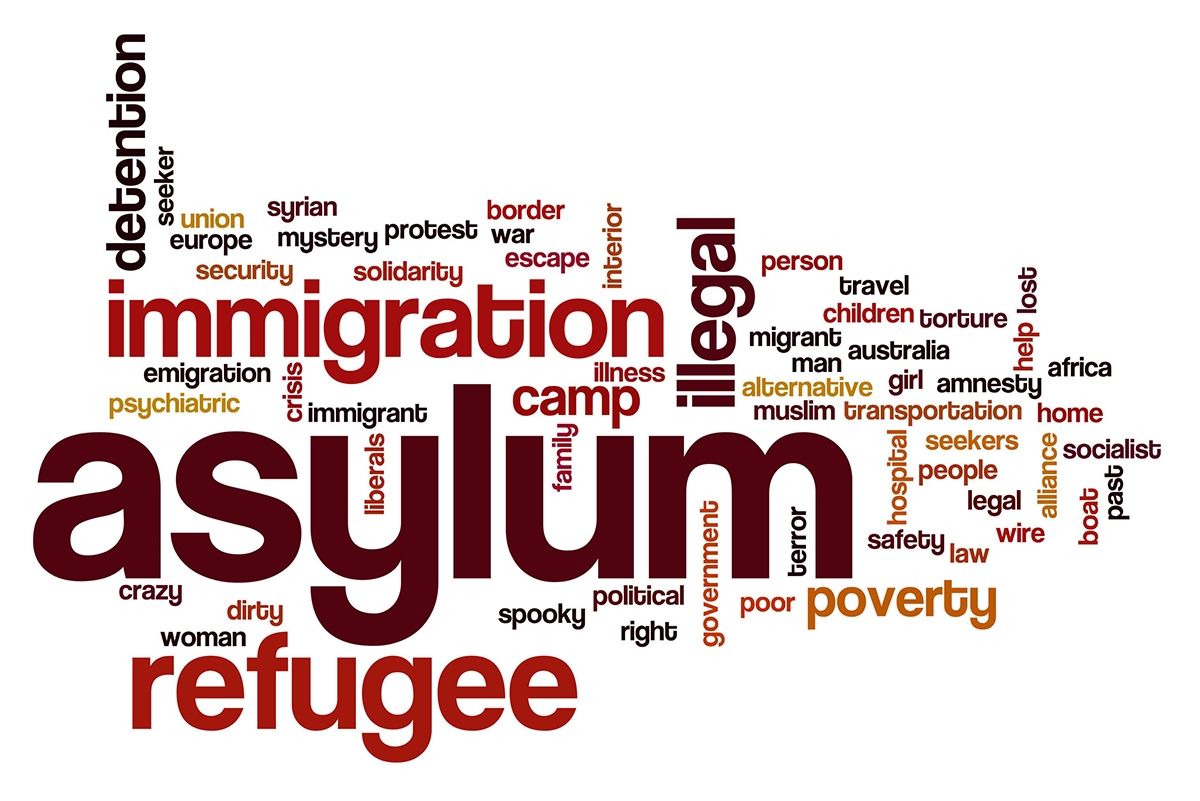

People who flee their home country are often doing so to escape intense violence. Their journey to find safety can be fraught with danger, and many do not survive. Those that do can suffer injury, abuse, trafficking, and torture along the way. TBI is one of the most common injuries sustained by refugees and asylum seekers. One study found that out of 488 refugee survivors of torture, 69% reported sustaining a blow to the head, and 55% of those reported a loss of consciousness after the injury.
After injury, refugees and asylum seekers may not have the support or access to services they need to recover. An untreated TBI may make it more difficult to navigate their new life and home. It can exacerbate the many challenges they will face in their quest for safety and security, such as language barriers, cultural differences, and discrimination.
Serious Mental Illness
People who suffer from serious mental illness may have some of the same difficulties we often see in survivors of frontal-lobe brain injury, including impaired judgement, impulsivity, trouble problem solving, depression, distractibility, behavioral changes, and balance issues. These kinds of deficits can lead to risky behavior or accidents. They may also lead to a person falling into another vulnerable population, such as becoming homeless or justice involved, struggling with substance misuse, or getting stuck in an abusive relationship.
Mental illness and brain injury can co-occur, but whether both are recognized and treated properly is not always straightforward. Undiagnosed brain injury can be misdiagnosed as mental illness, leading to improper treatment and poor outcomes. However, brain injury can sometimes lead to mental health issues, or exacerbate pre-existing mental health issues.
Approximately 1 in 5 people may experience mental health symptoms up to 6 months after a mild TBI. In one study, 48% of respondents reported developing a major mental health disorder after their TBI, and 23% had at least one personality disorder.
Sex Trafficking
Traffickers use many methods to control the people they exploit, including violence. In one study, over 92% of sex trafficking survivors reported suffering from physical violence, with most from direct blows to the head or face. It is very likely that trafficked people will sustain multiple TBIs, and this “stacking” of injuries can not only disrupt their recovery but increase the likelihood of more severe symptoms and deficits. Recovery time after a brain injury is extremely important, but trafficked people rarely are allowed any rest, medical care, or even emotional support. They may also face additional challenges, such as malnutrition, substance misuse, and anxiety disorders.
Traffickers prey upon the vulnerable and create a situation of dependency and fear to control their victims. People who have suffered a brain injury can find themselves in a situation where they lack income, stable housing, and support from friends and family. This can make them easily exploitable, and their cognitive deficits can make it even harder to navigate out of an exploitative situation.
Traffickers use many methods to control the people they exploit, including violence. In one study, over 92% of sex trafficking survivors reported suffering from physical violence, with most from direct blows to the head or face. It is very likely that trafficked people will sustain multiple TBIs, and this “stacking” of injuries can not only disrupt their recovery but increase the likelihood of more severe symptoms and deficits. Recovery time after a brain injury is extremely important, but trafficked people rarely are allowed any rest, medical care, or even emotional support. They may also face additional challenges, such as malnutrition, substance misuse, and anxiety disorders.
Traffickers prey upon the vulnerable and create a situation of dependency and fear to control their victims. People who have suffered a brain injury can find themselves in a situation where they lack income, stable housing, and support from friends and family. This can make them easily exploitable, and their cognitive deficits can make it even harder to navigate out of an exploitative situation.
Substance Misuse
Problematic use of drugs or alcohol can either cause brain injury or result from it. Substance use can affect a person’s balance, coordination, and reaction time which can lead to falls, vehicle accidents, and other dangers. At least 20% of adolescents and adults hospitalized for TBI, and 30% of those requiring rehabilitation, are intoxicated at the time of injury. One study found 43% of patients with TBI reported problem drinking prior to injury, while 29% reported illicit drug use. Another study found that 21.9% of drivers injured in non-fatal traffic accidents screened positive for substances, usually alcohol.
Many illicit drugs are linked to increased risk of stroke, including cocaine, amphetamines, Ecstasy, and opioids. An additional danger for those who use opioid drugs, such as heroin or oxycodone, is that overdosing on these drugs reduces or stops oxygen flow to the brain. If the brain is deprived of oxygen for even a few minutes, it can result in hypoxic or anoxic brain injury and have lasting consequences.
People who misuse substances are also likely to cross over into other vulnerable populations, or even contribute to them. One out of every five incarcerated people are there for a nonviolent drug offense. Substance misuse is a factor in 40% – 60% of reported domestic violence incidents. In 2017, 36% of children entering foster care had parental drug abuse listed as a reason for their removal. Substance misuse can also contribute to homelessness. One study found that 34.7% of all sheltered adults who were homeless had chronic substance use issues.
Please visit our Brain Injury and Substance Misuse page for more info.

Conclusion
We cannot hope to make a significant positive change in the lives of brain injury survivors, nor hope to prevent many future brain injuries, without focusing on those who are most drastically affected and their unique issues.
The Brain Injury Alliance of Arizona and its Services for Vulnerable Populations Committee will continue to strive for equity and patient-centered care in the prevention and treatment of brain injury in our state. Please consider joining our committee to help us with this goal.
The true measure of any society can be found in how it treats its most vulnerable members.
—Mahatma Gandhi
Brain Injury Association of Arizona
5025 E. Washington St, Ste 106
Phoenix, Arizona 85034
QCO CODE: 22360
EIN 94-2937165
CALL
(602) 508-8024
HELP LINE
(888) 500-9165
Fax (602) 508-8285
FOLLOW US
contact us
privacy policy
terms & conditions

